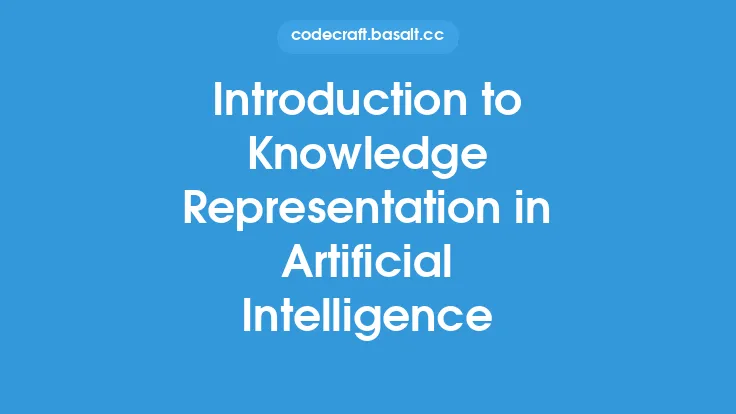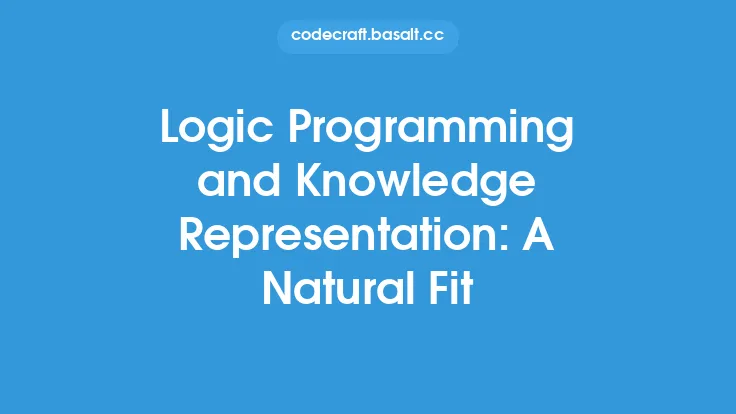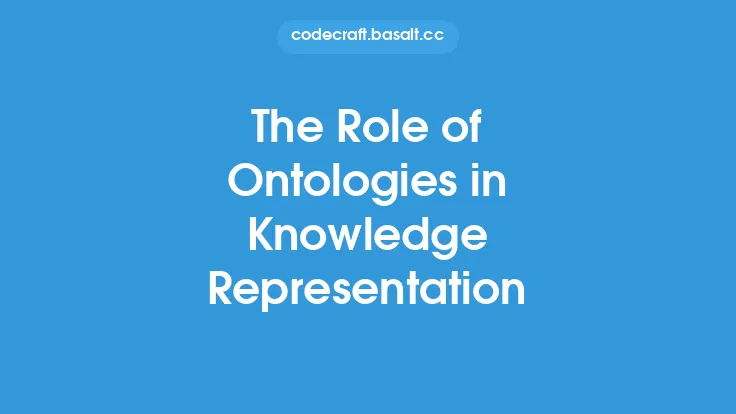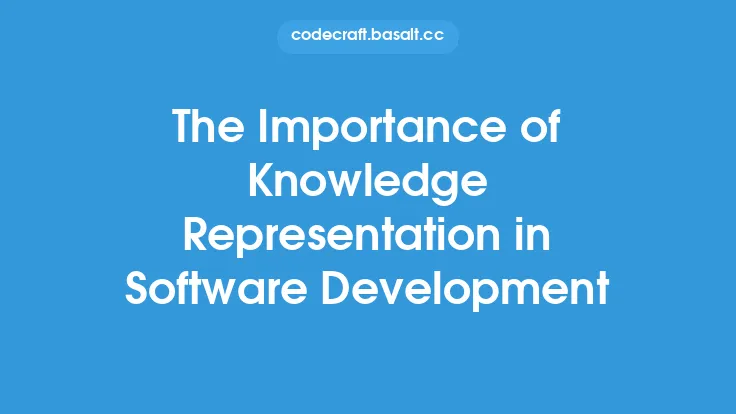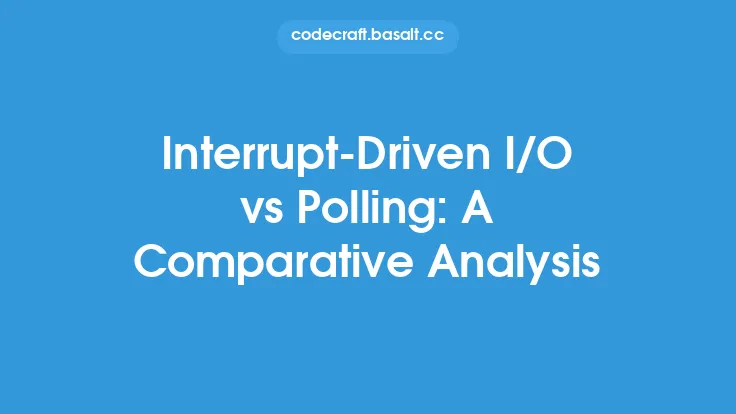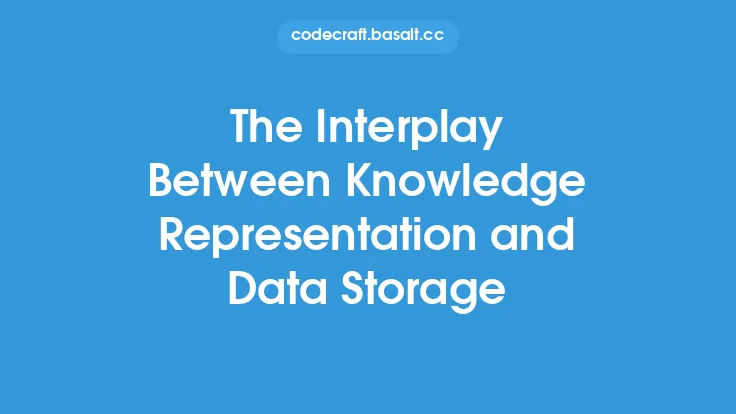Knowledge representation languages are the backbone of artificial intelligence, enabling machines to understand, reason, and manipulate knowledge. These languages provide a formal way to represent knowledge, making it possible for computers to process and utilize it. Over the years, various knowledge representation languages have been developed, each with its strengths and weaknesses. In this article, we will delve into a comparative analysis of these languages, exploring their features, applications, and trade-offs.
Introduction to Knowledge Representation Languages
Knowledge representation languages can be broadly categorized into two main types: symbolic and connectionist. Symbolic languages, such as Prolog and Lisp, rely on symbols and rules to represent knowledge, whereas connectionist languages, like neural networks, use distributed representations and learning algorithms to capture knowledge. Symbolic languages are often used for rule-based systems, expert systems, and knowledge graphs, while connectionist languages are commonly employed in machine learning and deep learning applications.
Rule-Based Systems: Prolog and Lisp
Prolog and Lisp are two popular symbolic knowledge representation languages. Prolog is a logic-based language that uses a set of rules and facts to represent knowledge. It is widely used in expert systems, natural language processing, and computer vision. Lisp, on the other hand, is a general-purpose programming language that has been used for knowledge representation, particularly in the development of expert systems and artificial intelligence applications. Both Prolog and Lisp provide a robust framework for representing and reasoning with knowledge, but they can be challenging to learn and use, especially for large-scale applications.
Frame-Based Systems: KL-ONE and LOOM
Frame-based systems, such as KL-ONE and LOOM, represent knowledge using frames, which are structured representations of concepts and their relationships. KL-ONE is a knowledge representation language that uses a frame-based approach to represent knowledge, while LOOM is a more recent language that extends KL-ONE with additional features, such as support for uncertainty and fuzzy reasoning. Frame-based systems are particularly useful for representing complex, structured knowledge, but they can be less flexible than other approaches, such as semantic networks.
Semantic Networks: Conceptual Graphs and RDF
Semantic networks, such as conceptual graphs and RDF (Resource Description Framework), represent knowledge as a network of interconnected concepts and relationships. Conceptual graphs are a formalism for representing knowledge as a graph of concepts and relationships, while RDF is a standard for representing data on the web as a graph of resources and properties. Semantic networks are useful for representing large amounts of data and providing a flexible framework for reasoning and querying. However, they can be less efficient than other approaches, such as rule-based systems, for certain types of reasoning and inference.
Description Logics: SHOIN and OWL
Description logics, such as SHOIN and OWL (Web Ontology Language), are a family of knowledge representation languages that provide a formal, logical framework for representing and reasoning with knowledge. SHOIN is a description logic that provides a robust framework for representing and reasoning with knowledge, while OWL is a standard for representing ontologies on the web. Description logics are particularly useful for representing complex, structured knowledge and providing a formal framework for reasoning and inference. However, they can be challenging to learn and use, especially for large-scale applications.
Comparison of Knowledge Representation Languages
Each knowledge representation language has its strengths and weaknesses, and the choice of language depends on the specific application and requirements. Prolog and Lisp are suitable for rule-based systems and expert systems, while frame-based systems, such as KL-ONE and LOOM, are useful for representing complex, structured knowledge. Semantic networks, such as conceptual graphs and RDF, provide a flexible framework for representing large amounts of data and reasoning, while description logics, such as SHOIN and OWL, provide a formal, logical framework for representing and reasoning with knowledge.
Applications of Knowledge Representation Languages
Knowledge representation languages have a wide range of applications, including expert systems, natural language processing, computer vision, and machine learning. They are used in various domains, such as medicine, finance, and engineering, to represent and reason with knowledge. For example, knowledge representation languages are used in medical diagnosis systems to represent and reason with medical knowledge, while in finance, they are used to represent and reason with financial data and regulations.
Challenges and Future Directions
Despite the advances in knowledge representation languages, there are still several challenges and open issues. One of the main challenges is the integration of multiple knowledge representation languages and frameworks, which is essential for large-scale applications. Another challenge is the development of more efficient and scalable algorithms for reasoning and inference, which is critical for real-time applications. Future research directions include the development of more expressive and flexible knowledge representation languages, the integration of knowledge representation with machine learning and deep learning, and the application of knowledge representation languages to new domains and areas, such as the Internet of Things and autonomous systems.
Conclusion
Knowledge representation languages are a crucial component of artificial intelligence, enabling machines to understand, reason, and manipulate knowledge. Each language has its strengths and weaknesses, and the choice of language depends on the specific application and requirements. By understanding the features, applications, and trade-offs of different knowledge representation languages, developers and researchers can design and build more effective and efficient artificial intelligence systems. As the field of artificial intelligence continues to evolve, the development of more expressive, flexible, and scalable knowledge representation languages will be essential for advancing the state-of-the-art in artificial intelligence and its applications.
